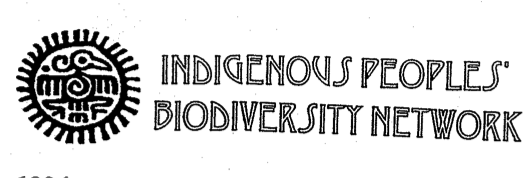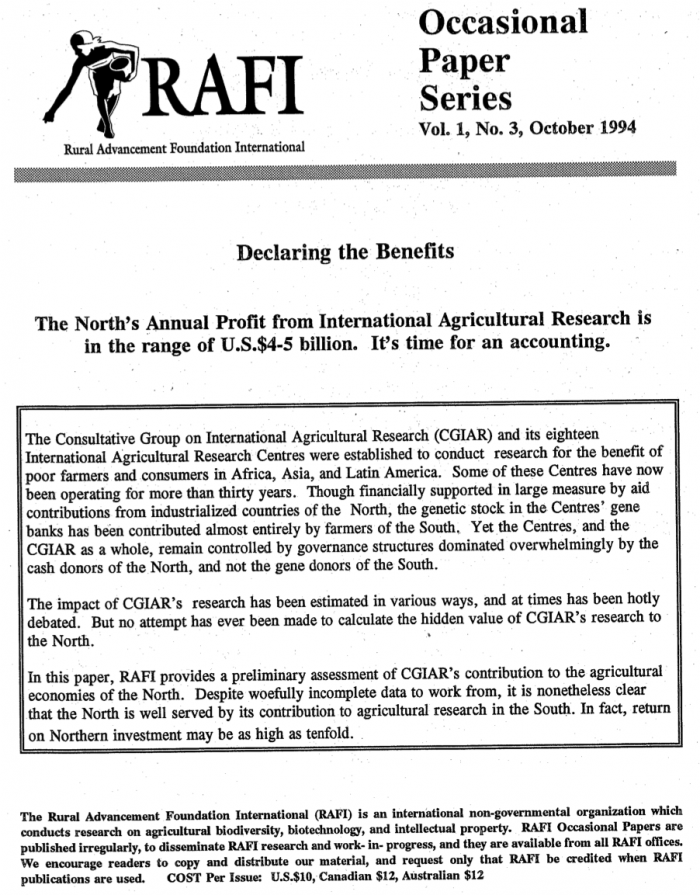Volume 1, #4 Pirating Medicinal Plants:
Submitted by ETC Staff on
Pharmaceutical companies dont want to study rare plants. They want to test the most - commonly used species. The valuable medical plants are those with the longest track record in the most location. In a survey of almost 1.000 medical plants used around the world, most of the pharmacologically - (and commercially) interesting species are employed in more than one community, and often, in several countries. This is great news for BioPirates, who can move benevolently from place to place in search of the best deal.




